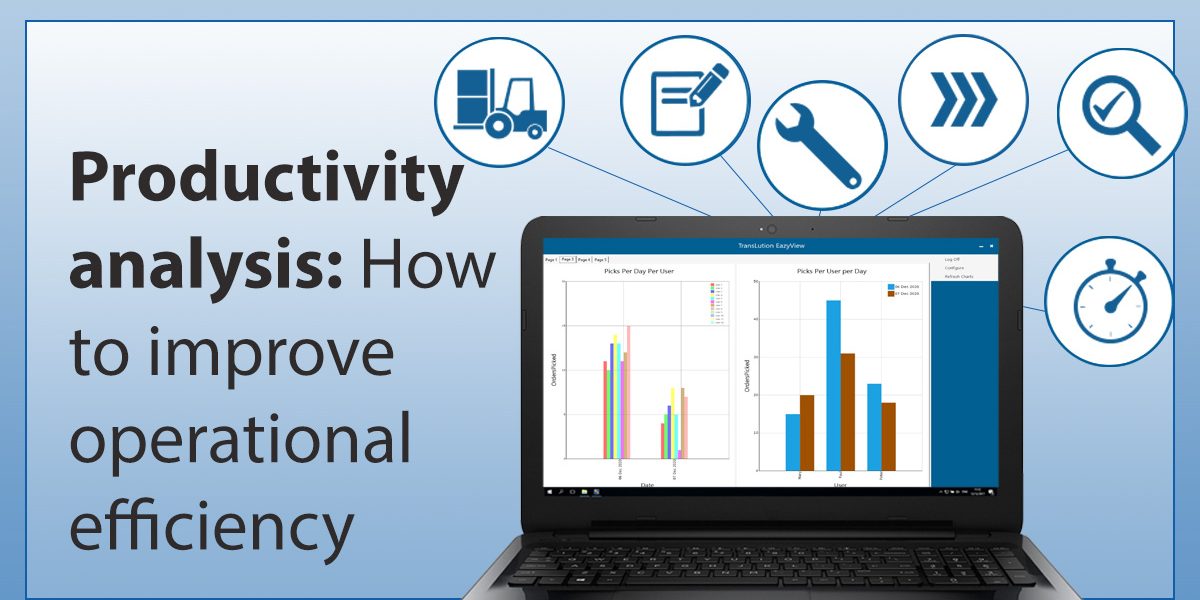Part Four of The Importance of Measuring and Utilizing KPIs in Warehousing.
This article is part three of our six-part KIPs in Warehousing series. Click here to read part one: The Importance of Measuring and Utilizing KPIs in Warehousing: Storage & Inventory.
A messy warehouse is an inefficient warehouse. Further, the longer inventory stays in the warehouse, the more it costs a business. For this reason, tracking storage efficiency and inventory is essential to optimising your warehouse.










